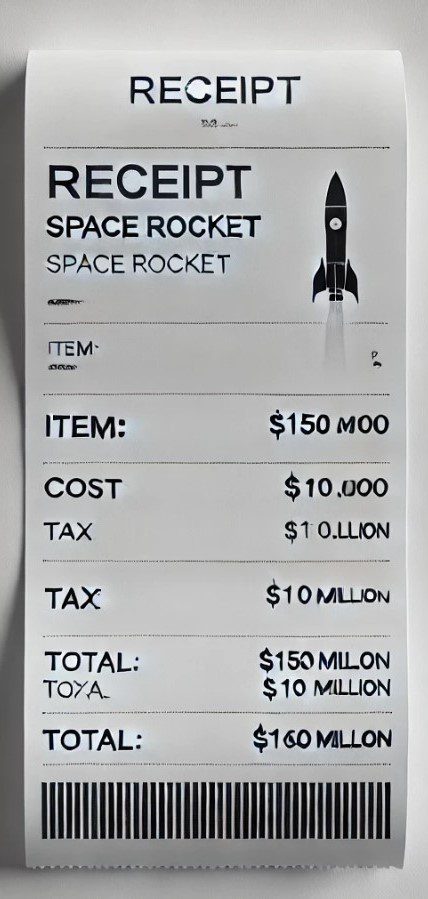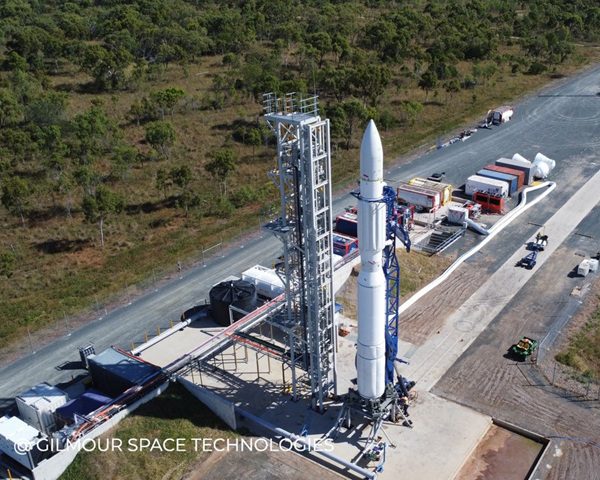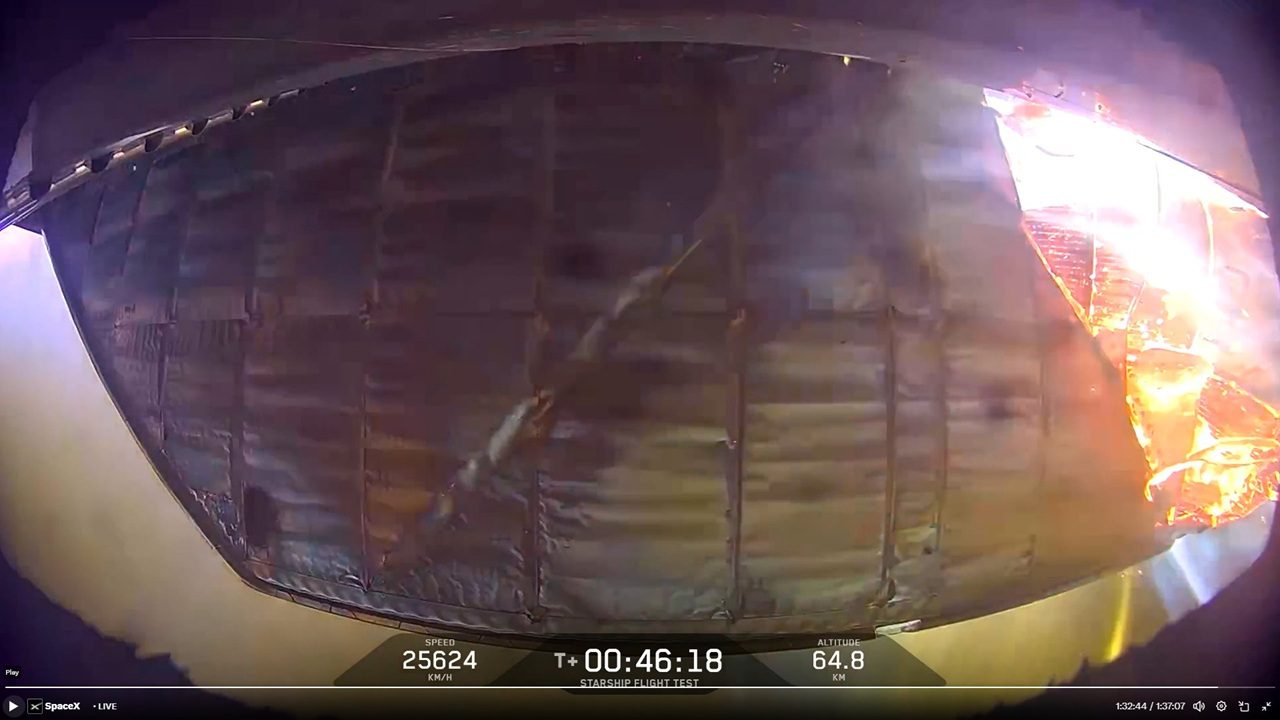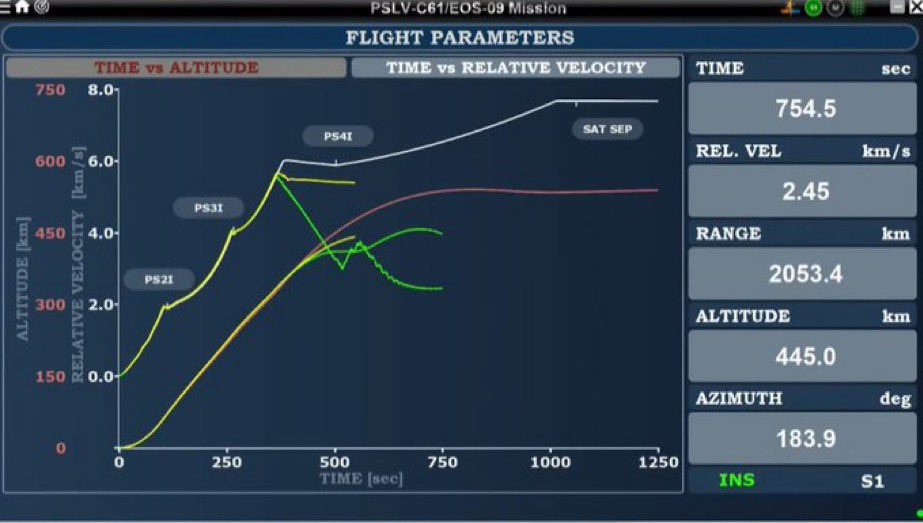The Space Team at Flightglobal/Ascend sometimes discover interesting trends as part of our analysis work. One concerning western launch vehicles that has been known for a long time is that after early failures (“teething troubles”) in a launch vehicle’s career, the failure rate tends to decline a flat “nirvana” state of near zero failures. The recent announcement of Ariane 5’s current flight run of 50 successes is a case in point.
However some years ago the then Space Team (actually Dr Stuart Young) discovered that the same trend did not hold true for Russian and Ukranian launch vehicles. While these had a low and steady failure rate, it never seemed to improve. Comparison of the flight experience graphs of Western and Russian launch vehicles with similar launch numbers shows this difference.
For a time Khrunichev and its ILS marketing arm seemed to have improved their quality control and achieved “nirvana” with its Proton M rocket. However this proclamation was premature, as a series of subsequent failures ruined this trend.
In fact the Proton M is a derivative from the Proton D-1-e whose history stretches back to the 1960s. This has left many wondering why it has taken so long to make reliabilty improvements. Now even Russian Prime Minister Dmitry Medvedev has noticed that his country rockets are simply not as reliable as their competitors. After the most recent failure, in August, which has aleady led to the departure of the head of Khrunichev, Medvedev subsequently demanded a plan of action from Roscosmos on how this can be achieived.
The flat blue line shows that “Nirvana” has been achieved by Ariane 5.
Source: Flightglobal Ascend Space Review
No “Nirvana “for Proton M as failures still plague its record. Still, at least its failure rate is relatively steady and predictable making insurance quotes easy.
Source: Flightglobal Ascend Space Review
In case Arianespace or its fellow western launch vehicle operators get too cocky, there is an amusing note of caution. Gallic hubris (the European Ariane programme is French led) caused the designers of the Ariane 5 to declare that the rocket would have a reliabilty of 98.5% before it even flew. Unfortunately, pride came before a fall, and the reliability of the Ariane 5 was marred by four early launch failures. In order to now achieve its predicted 98.5% overall success rate, the Ariane 5 will have to fly two hundred times more perfectly if it is to achieve that. One random failure will be all that is needed to mess this up.
It is not really a lack of reliabilty that is Arianespace’s main worry, especially given their cautious approach to quality control. The threat to this organisation lies actually with the deadly combination of very competitive new launchers (e.g. the Falcon 9), the rise of national launch programmes, and the limited overall size fo the commercial satellite launch market. Arianespace cannot rely on ESA launches alone.







